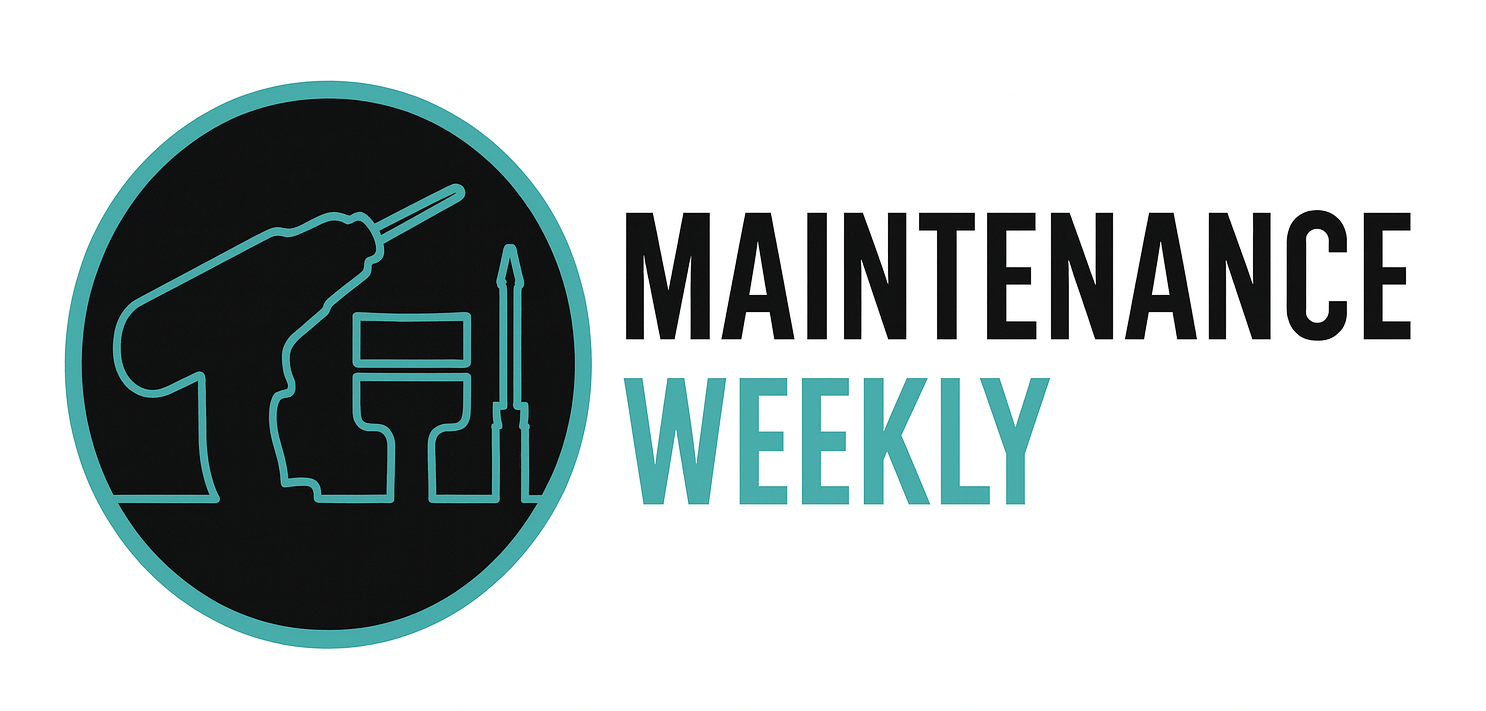Interview Tips for an Airframe and Powerplant (A&P) Mechanic
The following are interview tips to help you prepare for your Airframe and Powerplant (A&P) Mechanic interview. Do your homework on the company, review the aircraft you may be working on, and practice your responses so you can walk in with confidence and ace the interview.
-
Emphasize Your FAA Certification
Stress that your A&P certification qualifies you to work on both airframe and powerplant systems. Mention when you earned your license, any additional ratings, and how you keep current with FAA requirements. -
Show Breadth of Experience
A&P Mechanics are expected to handle a wide range of systems. Highlight experience with engines, hydraulics, pneumatics, avionics integration, fuel systems, and structural repairs. -
Discuss Compliance and Regulations
Employers value your knowledge of FAA Part 43 and Part 145 regulations. Be prepared to explain how you’ve ensured airworthiness and compliance in your past roles. -
Highlight Troubleshooting Skills Across Systems
Provide examples of diagnosing and fixing issues that cross system boundaries (e.g., identifying whether a fault is engine-related, electrical, or structural). -
Show Commitment to Safety and Documentation
Stress your attention to detail in logbooks, maintenance releases, and 8130-3 tags. A&P mechanics are responsible for signing off work that keeps aircraft legal and safe. -
Demonstrate Communication and Teamwork
A&P roles often require coordinating with specialists, engineers, and inspectors. Share examples of how you clearly communicated findings and worked as part of a larger team. -
Stay Current With Continuing Education
Employers want mechanics who keep up with new technologies and regulations. Mention any recent courses, IA training, or manufacturer-specific instruction. -
Prepare for Scenario-Based Questions
Expect interviewers to ask about specific challenges that test your judgment and regulatory knowledge:Q1. “You notice corrosion on a structural component during a routine inspection. What steps do you take?”
Sample Answer: “I would first consult the AMM and SRM (Structural Repair Manual) to determine limits and allowable repairs. If beyond limits, I’d report the discrepancy to my supervisor and document it in the logbook. No aircraft should be returned to service until the corrosion is repaired according to FAA-approved data.”Q2. “If you complete an engine repair and discover the logbook entry was recorded incorrectly, what do you do?”
Sample Answer: “I would immediately correct the logbook entry in accordance with company procedures, making sure the record is accurate and traceable. Accurate documentation is part of compliance and ensures accountability for airworthiness.”Q3. “How do you stay compliant with FAA regulations while working under time pressure to return an aircraft to service?”
Sample Answer: “I never sacrifice safety or compliance for speed. Under time pressure, I organize the team efficiently, confirm we have the proper manuals and parts ready, and communicate progress. If the repair cannot be completed properly, I ground the aircraft. Regulations and safety always come first.”Q4. “Tell me about a time when you identified a problem outside your direct task. How did you handle it?”
Sample Answer: “During an inspection, I noticed a wiring harness showing wear in an area unrelated to my assigned task. I immediately documented the issue and reported it to my supervisor. Even though it wasn’t part of my job card, addressing it ensured the aircraft remained airworthy. I believe in always going beyond the minimum to ensure safety.”
Source: ChatGPT.
